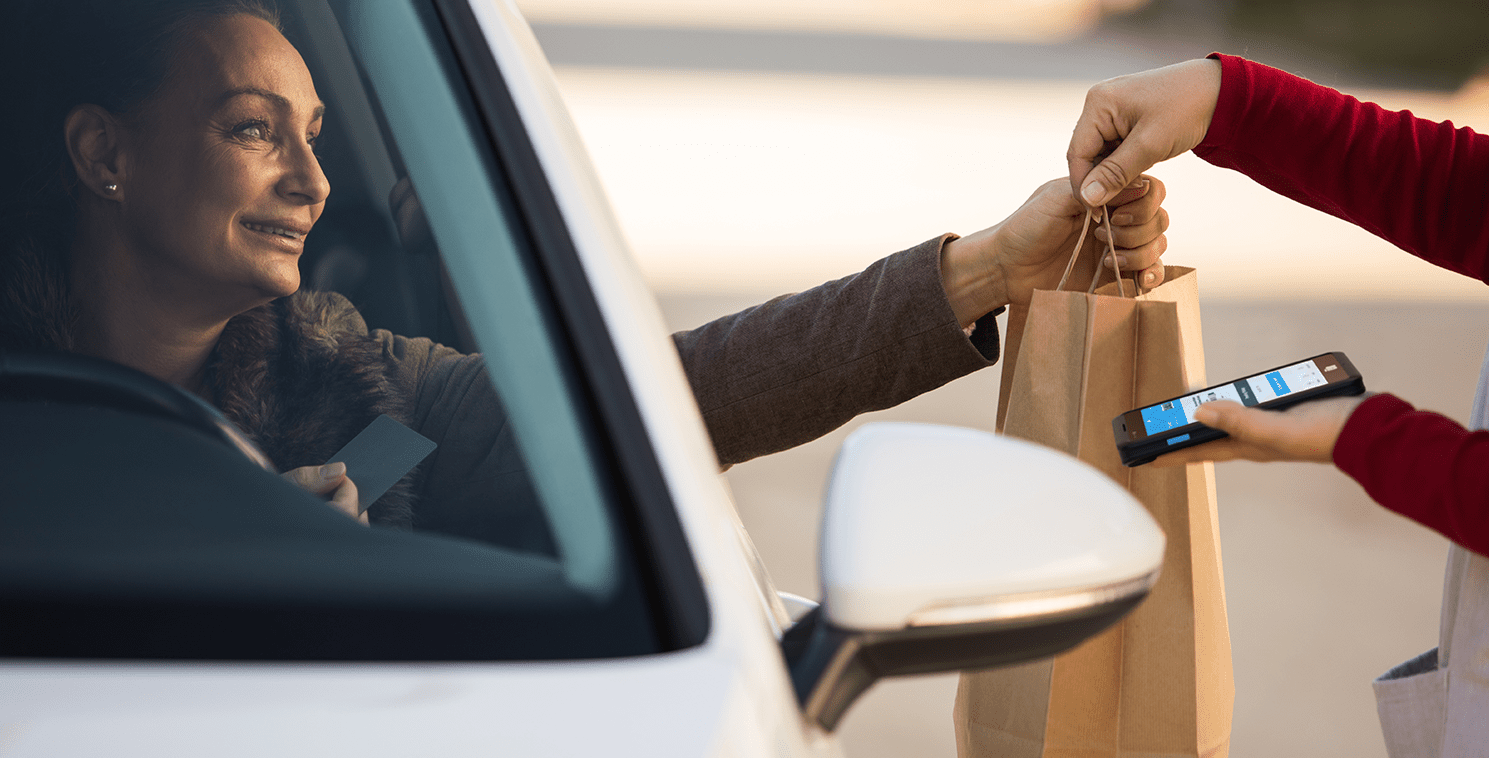April 25, 2024
BOPIS Optimizations Deliver Customer LoyaltyBOPIS Optimizations Deliver Customer Loyalty

Buy online, pickup in-store (BOPIS), aka click and collect, has become mainstream. According to Invesp, two-thirds of U.S. consumers have taken advantage of this option in 2023, and half of consumers say it factors into their decisions of where to shop. Invesp also predicts that by 2025, retailers will fulfill 10% of all sales in this way.
As the best of both worlds, consumer preference for this customer journey is easy to understand. It allows consumers to browse online and plan shopping trips to save time and fuel. Moreover, when they arrive at the store, they know their items are waiting for them. There is no waiting in line, which is common in traditional brick-and-mortar retail operations, and there are no shipping costs.
In addition to enabling the types of shopping experiences consumers prefer, BOPIS can also help retailers increase revenues. About 50% of customers who order online for in-store pickup will make additional purchases when they arrive, building “incremental revenue.” Salesforce predicted these additional sales will total $28 billion globally in 2023.
Overall, BOPIS meets consumer demand, increases customer satisfaction, and can help retailers grow their businesses, with 20% reporting it accounts for 65% or more of their sales.
Optimizing BOPIS Processes
Allowing consumers to pick up their online orders in a brick-and-mortar store is a simple enough concept, but making it work seamlessly takes the right strategy, processes, and technology. An effective BOPIS operation includes:
-
Real-time inventory management
Customers shopping online want to know if items are available for in-store pickup before they buy. The retailer’s BOPIS management system must include a way to update inventory availability automatically as sales occur. Additionally, retailers can benefit from including enterprise-wide inventory data. Therefore, even if a product isn’t available in a store today, it can be shipped for pickup in a day or two, which can save the sale.
-
Reliable communication
An efficient process includes a way to update customers on the status of their orders. Retailers also need to provide customers with a reliable way to contact the store when they arrive for pickup or to contact a sales associate for assistance. Retailers should offer the option to receive updates through either text or email.
-
Seamless integration
In addition to ensuring effective communication with customers, retailers also need to ensure their internal systems and employees can communicate with each other to ensure efficient, accurate fulfillment. Ecommerce platform integration with in-store systems and warehouse management systems (WMS) enables automatic data sharing, providing the foundation for efficient, well-orchestrated processes.
-
Frictionless checkout
Easy online checkout processes are key to minimizing shopping cart abandonment. Statista reports that ecommerce sites that require the customer to create an account, limit payment methods a customer can use, or have too many steps can discourage BOPIS customers. Retailers can streamline processes for their customers by auto populating fields and tokenizing payment data so returning customers can pay with just a click.
Perfecting The “In-Store” Phase of BOPIS
While well-planned processes are critical to fulfilling orders efficiently, accurately, and profitably, the “pickup” experience is equally important to maintaining or building market share.
When customers arrive to collect an online order, they expect quick service. Waiting more than a few minutes or standing in line can harm the experience. Retailers must also monitor trends among their customers and adapt to their behaviors. For example, during the COVID-19 pandemic, curbside pickup, which allowed customers to maintain social distancing, was popular. However, Insider Intelligence reports more customers, 66.4% vs. 46.1%, will now go inside the store to pick up their orders.
A self-service option can save time and offer greater convenience for these shoppers. Although some retailers use an app to let store employees know they’ve arrived for their orders, depending on customers’ cellular service and Wi-Fi availability, it may create delays and frustrations. Deploying self-service kiosks allows BOPIS customers to sign in on a touchscreen or scan a QR code from their order confirmation email or text. The kiosk solution communicates that information to staff who brings the package to the customer. Alternatively, retailers can enable an end-to-end self-service process, allowing shoppers to pick up orders from self-service lockers.
Retailers should remember, however, that self-service order pickup should not totally replace face-to-face interactions. Customers entering a store may expect in-person service. Sales associates equipped with mobile devices can quickly resolve any issues that arise with orders or fulfillment or allow customers to purchase additional items, increasing the total of the sale.
The Key to Loyalty-Building BOPIS
Understanding what drives consumers to purchase online for in-store pickup can help you create a customer-centric process that results in operational efficiency and customer satisfaction. From placing orders and throughout the process until they tap touchscreens initiating pickup, optimizing experiences should be the top priority.
Retailers need the right retail technology to enable seamless processes. Contact us to explore products that enhance BOPIS for your customers.